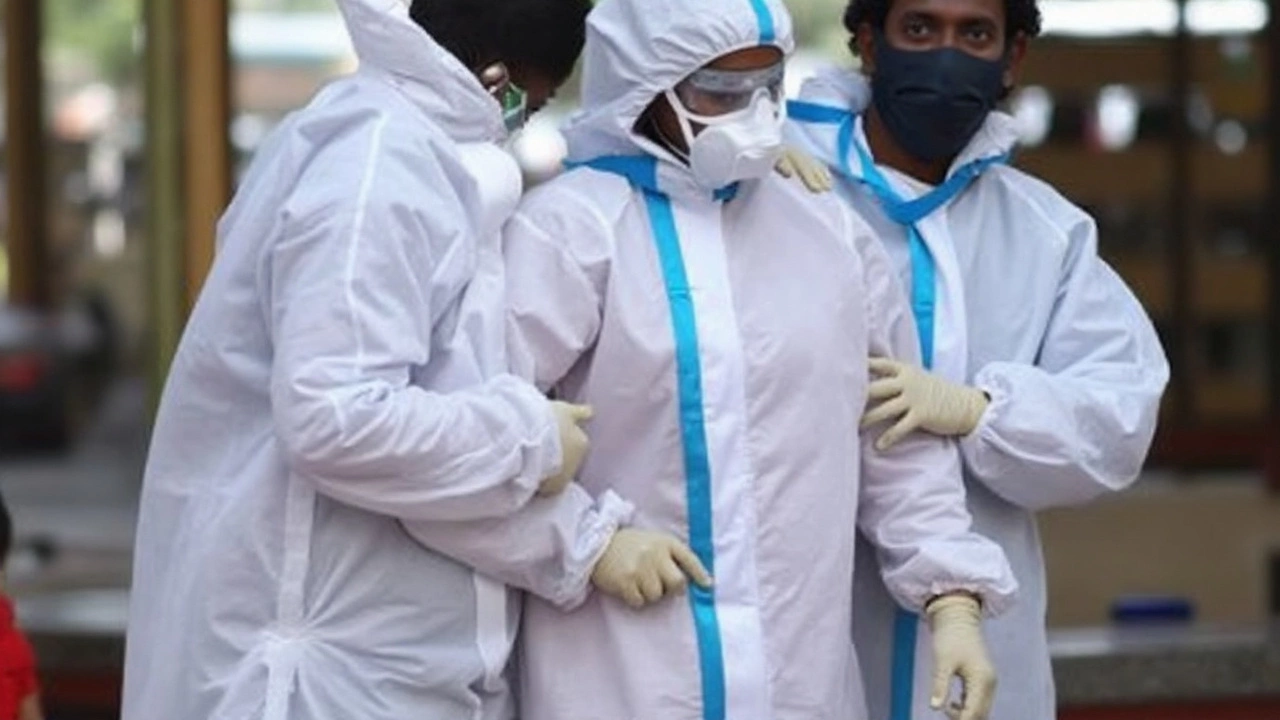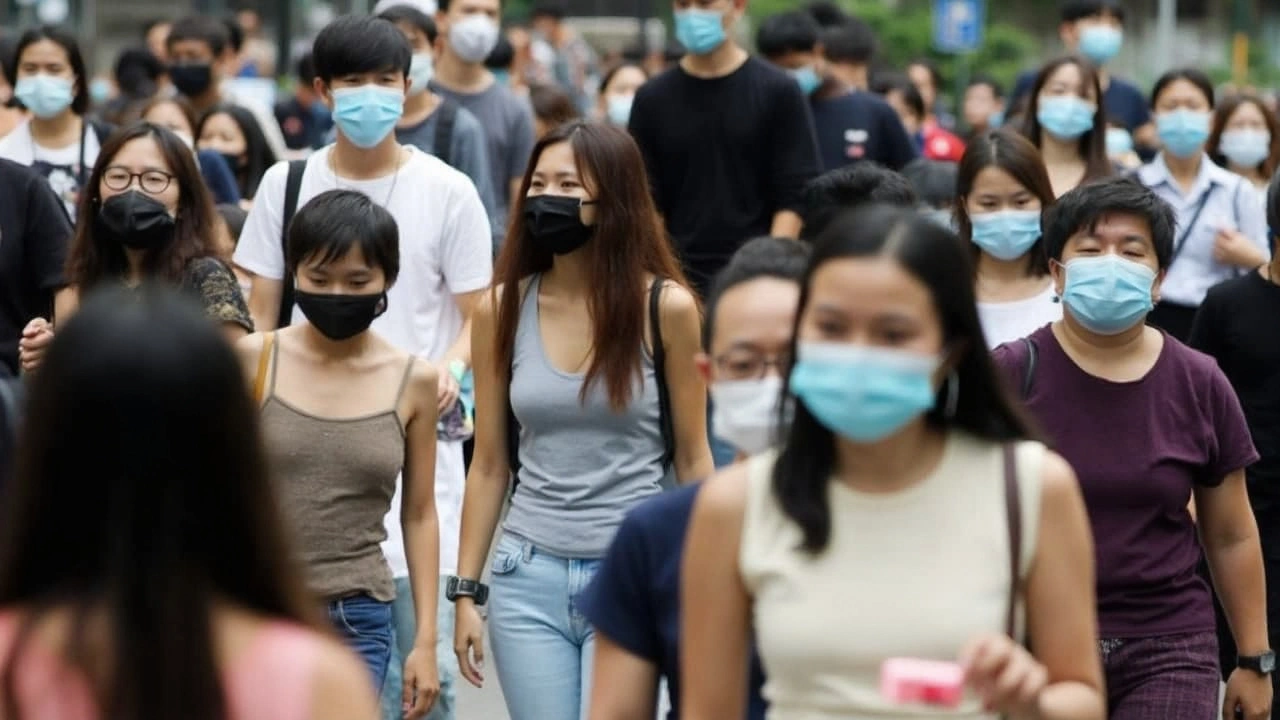
New COVID-19 Variants Emerge Across India
India’s COVID-19 story has entered another chapter with the detection of two new sub-lineages: KP.1 and KP.2. These aren’t just technical names—they’re part of the FLiRT (Frequent Lateral Flow test Reactivity) groupings that scientists use to track the virus as it mutates. By May 2024, official data showed 324 confirmed cases: 290 of KP.2 and 34 of KP.1. The numbers may sound small compared to previous surges, but they signal the virus hasn’t bowed out yet. Notably, West Bengal has counted 23 cases of KP.1, making it a hot spot for this particular variant, while the rest are spread across a total of seven states and Union Territories.
Both KP.1 and KP.2 are closely related to the Omicron JN.1 strain. That’s the same family that spawned several waves since late 2021. FLiRT variants seem to play by familiar rules—spreading efficiently, but so far, staying mostly mild in terms of symptoms and health impact. The Indian SARS-CoV-2 Genomics Consortium (INSACOG) keeps a close eye on these variants using regular gene sequencing of virus samples. Their structured sampling includes patients in hospitals and flagged clusters, which helps spot any worrying trends early on.

No Spike in Severe Cases—But Caution Still Matters
So, what’s different with these new FLiRT variants? According to Union Health Ministry sources, there’s actually no sign that KP.1 or KP.2 are making people sicker. Hospital admissions haven’t spiked, and doctors aren’t reporting clusters of severe disease. Even though mutations like these grab headlines, this is expected behavior for viruses—they change in order to survive. The vast majority of COVID-19 cases linked to KP.1 and KP.2 in India so far are mild or moderate, often treatable at home.
Health officials have urged calm, but not carelessness. INSACOG’s ongoing COVID-19 surveillance means structured testing remains routine. Hospitals submit samples so scientists can track if these variants start causing more trouble. For now, the old advice holds true: follow recommended precautions, get tested if you show symptoms, and keep COVID-appropriate behavior in crowded places. The vaccines and treatments available still appear effective against KP.1 and KP.2, and there’s no discussion about bringing back lockdowns or travel curbs.
If you’re wondering how India compares to other countries, Singapore has seen a noticeable bump in cases tied to these same FLiRT variants. Yet, India’s numbers are considerably lower, and there’s no sign of an explosive upward trend. Most of the concern is about what might happen next, rather than what’s actually happening now.
- The focus is on early detection, rapid response, and not overwhelming hospitals.
- Doctors continue to report that available vaccines provide meaningful protection, especially against severe illness.
- GENOMIC surveillance ensures any shift in the virus’s behavior gets flagged fast.
For most people, the news about KP.1 and KP.2 serves as a reminder that COVID-19 hasn’t disappeared. The virus will keep evolving, but so will the response. Government scientists, doctors, and surveillance networks are paying close attention. Caution—not panic—is how India is choosing to respond.